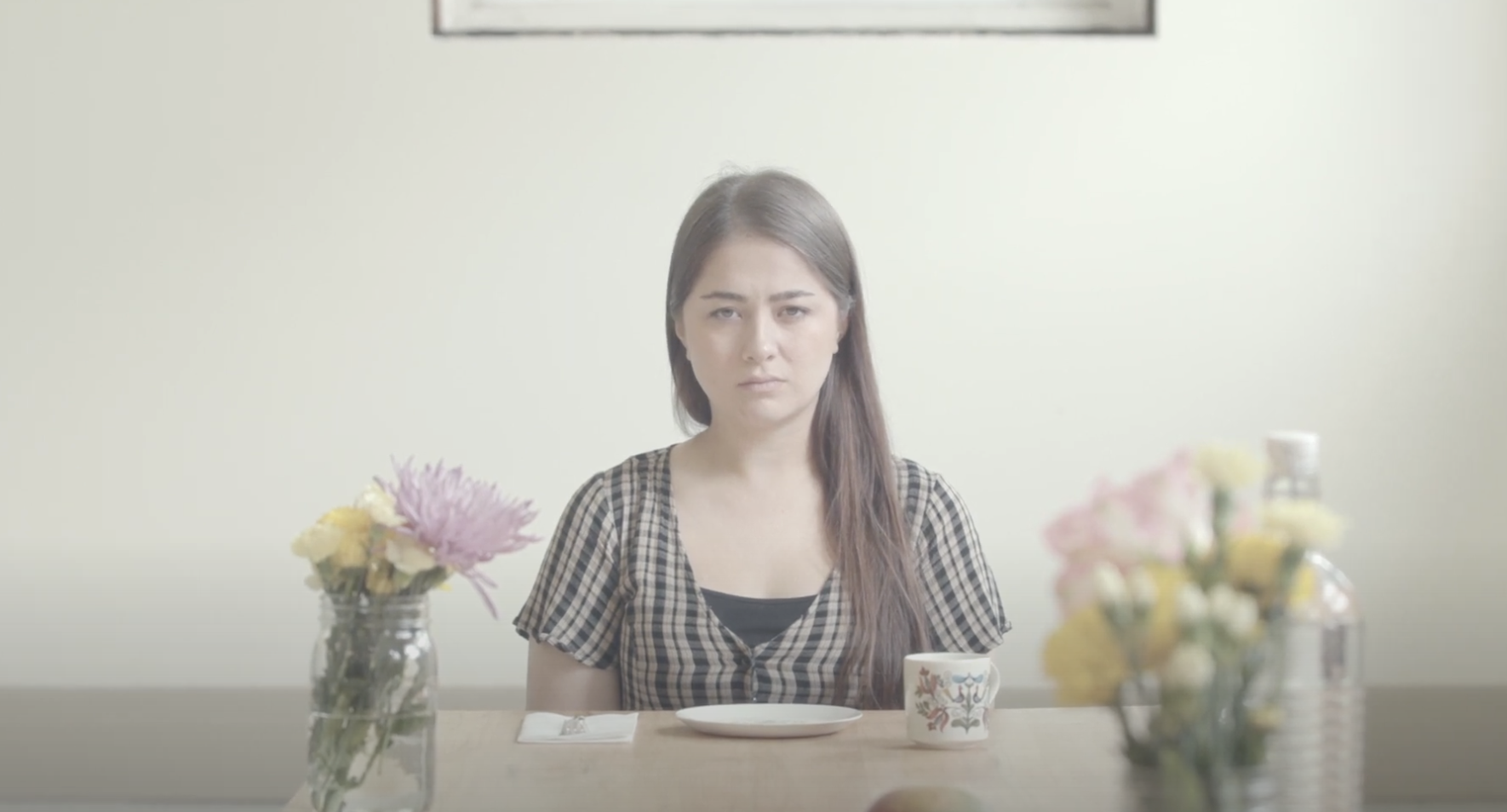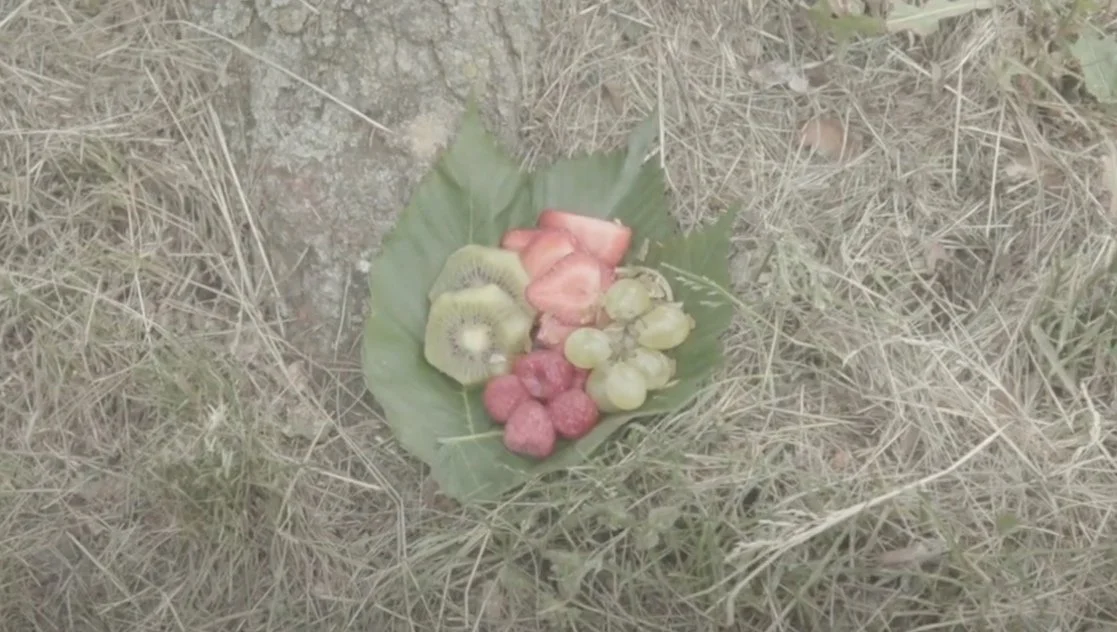
Nourishing Spirit
Watch Video
A performance contribution to Dejidwaya'do:weht
(We are Thinking of it Again): The Mush Hole Project 2.0
By Wanda Kidd, in consultation with Andy Houston
In 1831, the Mohawk Institute opened its doors. It was one of over a hundred facilities in operation across Canada. It closed its doors as a residential school in 1970. As the oldest residential school on the territory now known as Canada, it has long been referred to by its survivors and their children as “The Mush Hole” because of the school’s poor food quality, which was part of the humiliation, abuse, malnutrition, and tortxure of 150,000 Indigenous children and youth across Canada. In this digital performance, through auto-ethnographic storytelling, I set the table for a meal while I share my experience learning to speak the language of food with love. Like learning any new language, it does not come naturally at first. Every word requires intention and effort. Speaking this dialect of love in this space, the former cafeteria, carries with it many implications. Feeling the memories that the space itself holds, and reflecting on my own personal experiences with food, made it that much more important that I act with loving intention. It’s one thing to read about the history of the building, but existing physically in the space tied connections with my own personal experiences I could never have made otherwise.
I wanted the tone of the performance to be focused on reconciliation and moving from surviving to thriving, but once on site, I found the most compelling moments in the many anxieties that come with waiting. Every step I took on the property held a liminal quality. I realized I have been in a sort of standby mode, holding on for a transition. Waiting for the habits of nourishing body and spirit to build and see the changes in my life. Waiting for settlers to come to the table and for reconciliation to feel real. Within my performance, I relied on the architecture of the space, the table setting, and my own physical performance to convey this liminal experience through the screen. The shots of the table setting are a little too balanced which highlights the missing other. I chose to place the settings at opposite ends of a long table to bring out the awkward gap between Indigenous and non-Indigenous people attempting to engage in reconciliation. I used a tableware set I inherited from a settler relative. Before I received it, it had only been used a handful of times in over 40 years. I use them every day. I was almost hoping something would break.
The performance was developed in consultation with Andy Houston. Our discussions helped guide me towards a finished piece, and his support was crucial in my being able to continue through highly emotional work. Teachings I have received and experiences in community were always passing through my mind. My journey in learning to nourish my body and spirit started from the stories and counsel of Elder Myeengun Henry. I end my performance with a call to action: to make good meals, with love, for whoever needs it; including yourself. Participating in reconciliation and attempting to move from surviving to thriving is exhausting work. As I make these meals for myself, I replenish my resolve and grow stronger in my optimism. When I set a table for discussion and dialogue, I am never certain another will join with me. How long should I wait?
Photo and video credit: Shane Powless





